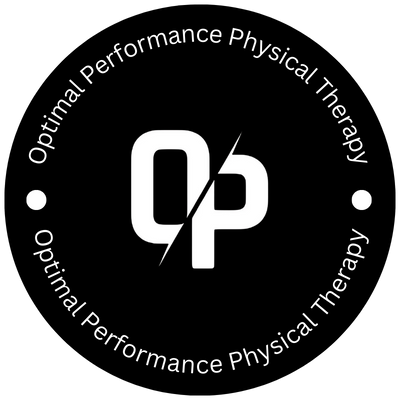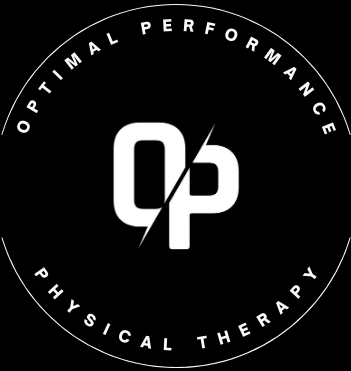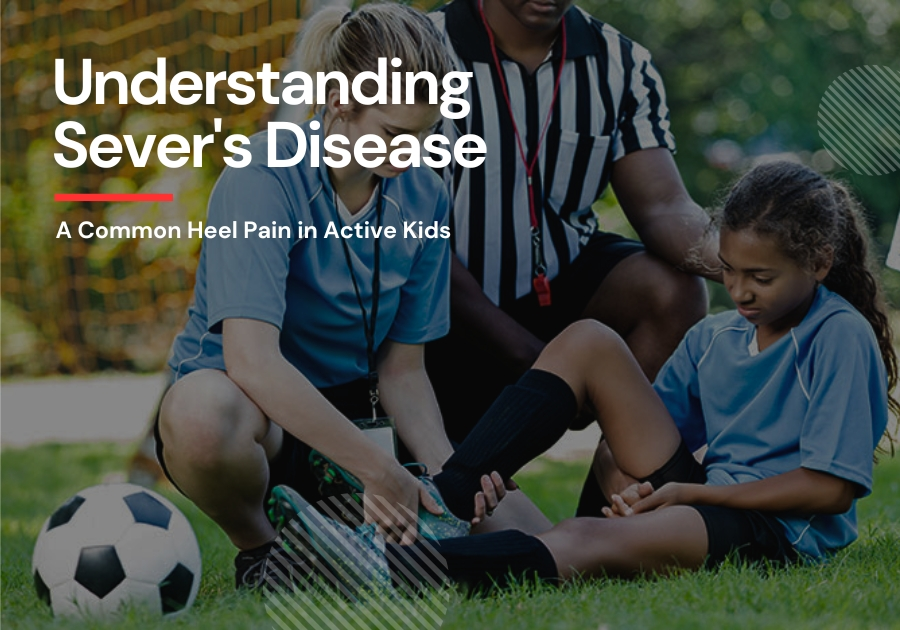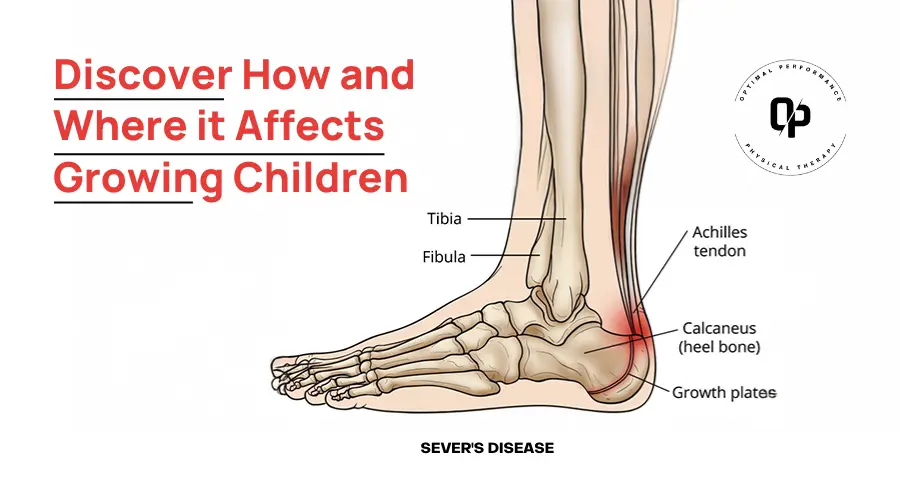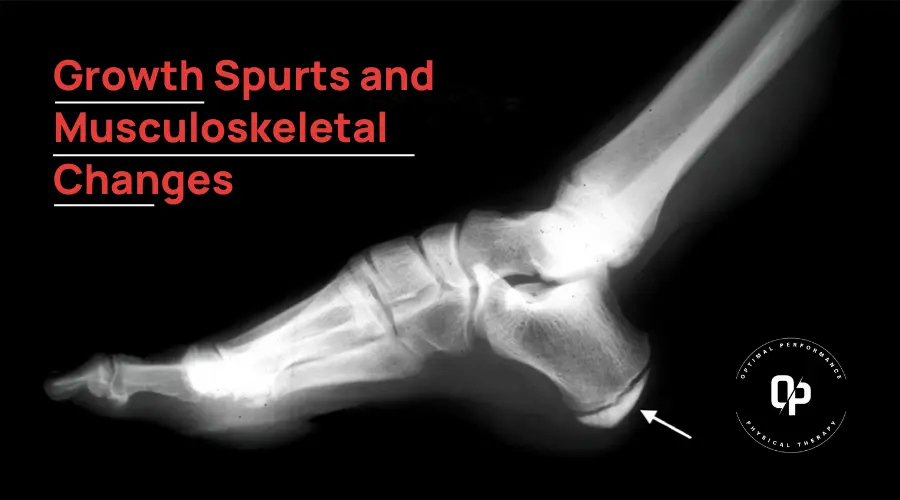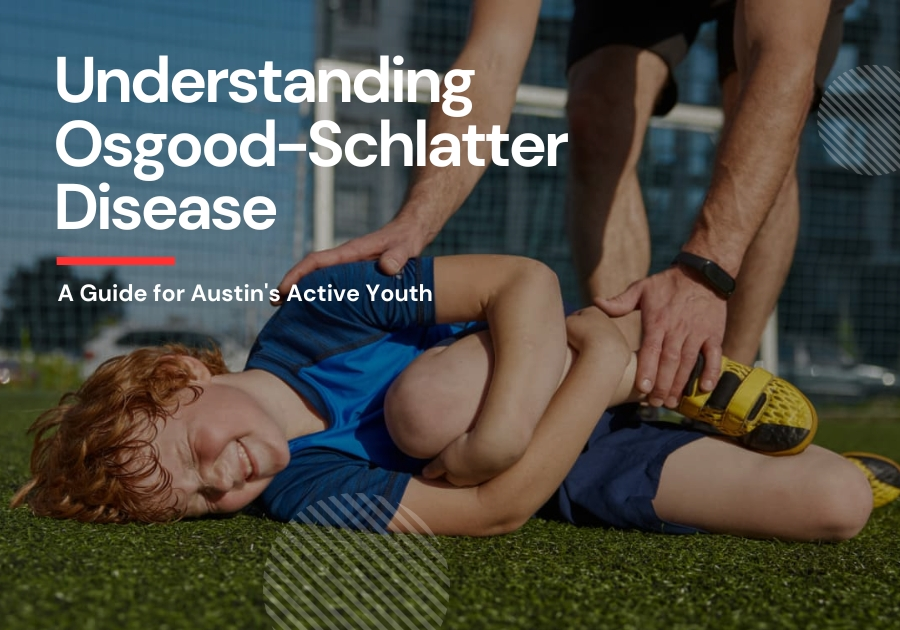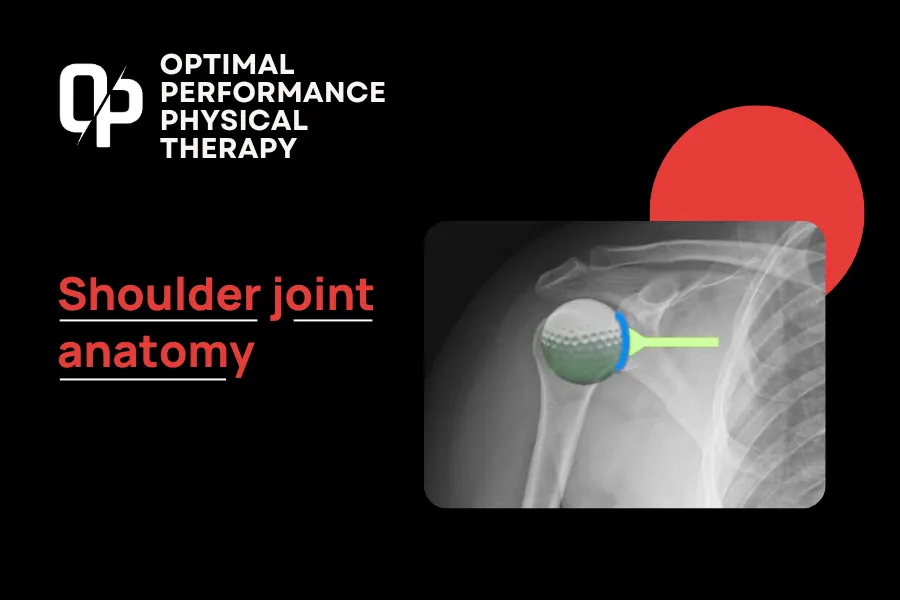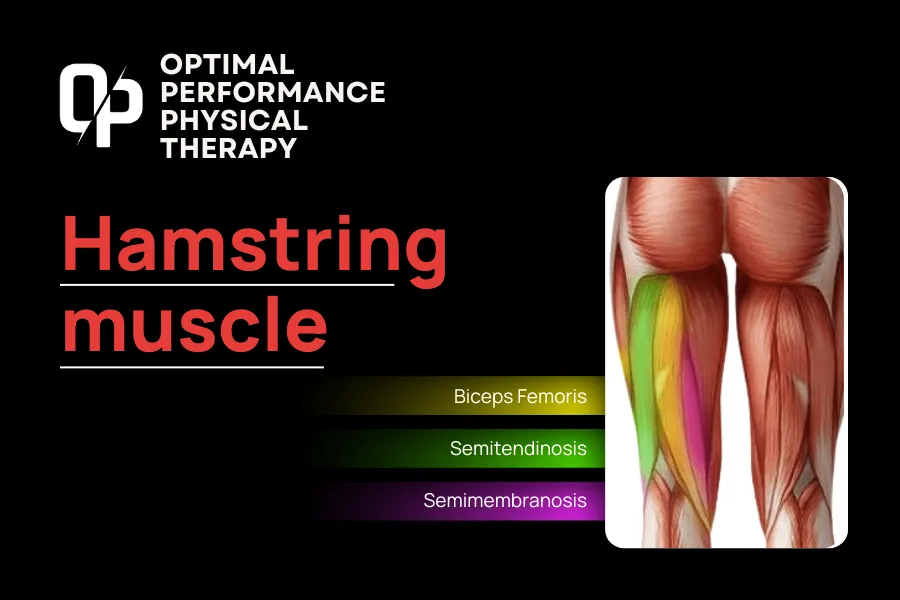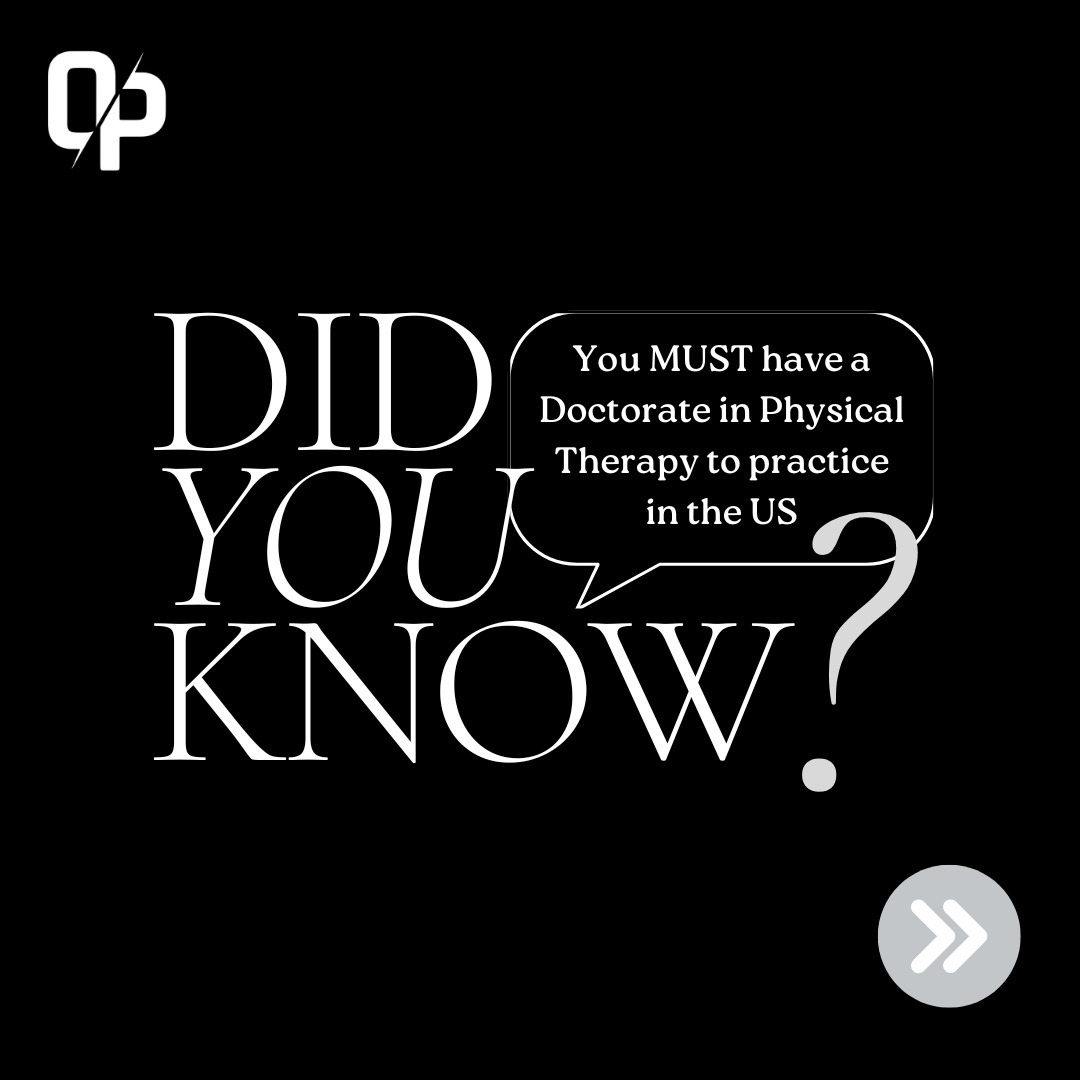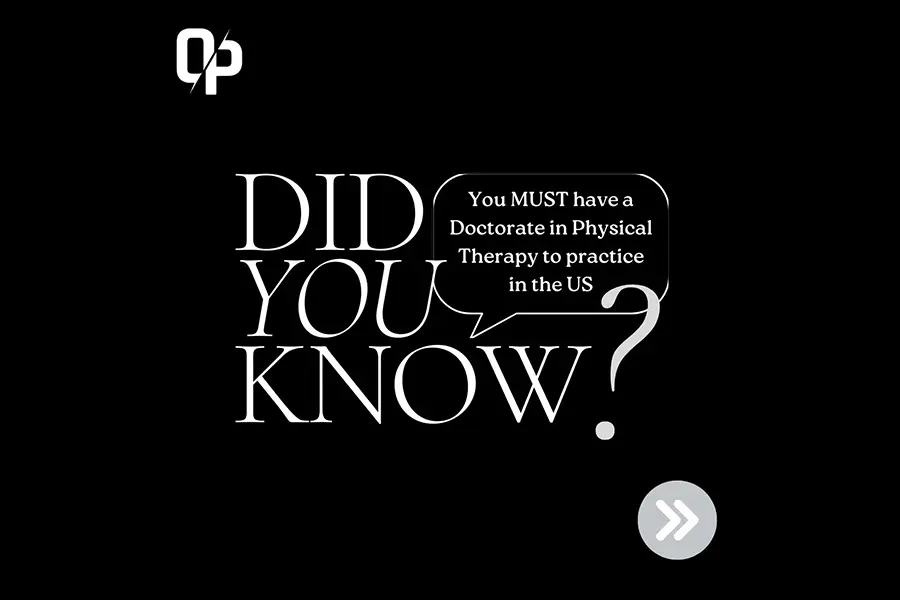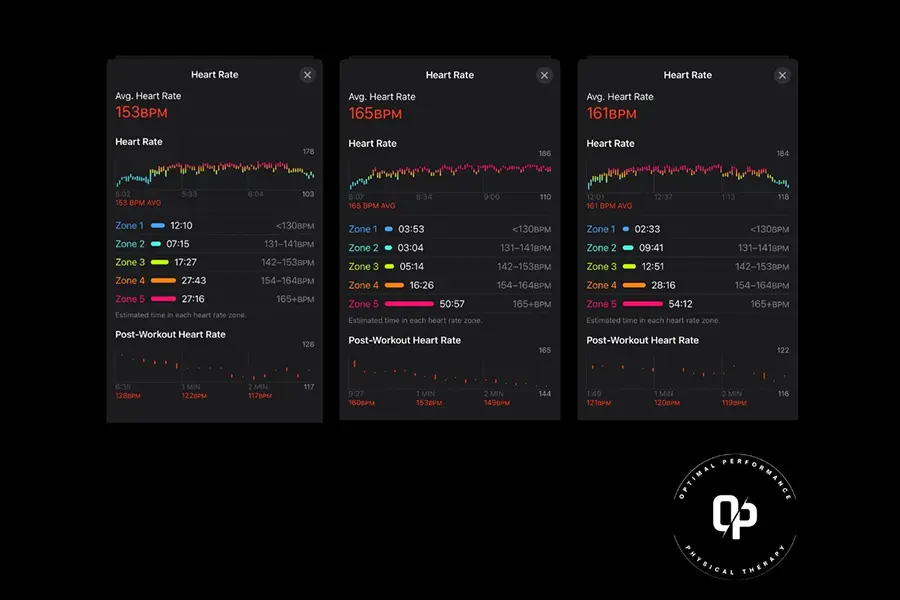As a parent of an active child, you may have heard the term “growing pains” or noticed your child complaining about heel discomfort. What you might be dealing with is Sever’s disease, a common condition affecting the heels of growing, athletic children. Let’s dive into what Sever’s disease is, who it affects, and how to manage it effectively.
What is Sever’s Disease?
Sever’s disease is a painful inflammation of the growth plate (apophysis) in the heel bone (calcaneus). The growth plate is an area of new bone growth located at the end of developing bones in children and adolescents. When this area becomes irritated due to repeated stress or pressure, it can cause significant discomfort and limit a child’s physical activities.
Who Does It Affect?
Sever’s disease typically affects:
- Youth aged 8 to 14 (preadolescents)
- Boys more commonly than girls
- Highly active kids, especially those involved in sports with running and jumping
Why Does It Happen?
During growth spurts, bones often grow faster than muscles and tendons. This can lead to tightness and reduced flexibility in the Achilles tendon, which attaches to the heel bone. The combination of rapid growth and high activity levels can cause inflammation and pain at the growth plate.
Symptoms to Watch For
Parents and coaches should be aware of the following signs:
- Heel pain that worsens during or after physical activity
- Limping or walking on tiptoes
- Difficulty running, jumping, or participating in usual sports
- Pain when the sides of the heel are squeezed
- Stiffness in the feet, especially when waking up
- Swelling and redness in the heel area
What Causes Sever’s Disease?
Several factors can contribute to the development of Sever’s disease:
- Rapid Growth: During growth spurts, bones often grow faster than muscles and tendons, leading to tightness and stress on the growth plate.
- Overuse: Repeated stress from high-impact activities can irritate the growth plate.
- Tight Achilles Tendon: This can pull on the heel bone and growth plate, causing inflammation.
- Biomechanical Issues: Flat feet, high arches, or overpronation can alter weight distribution and put extra pressure on the heel.
Prevention and Management
While Sever’s disease can be painful, it’s usually temporary and doesn’t cause long-term damage. Here are some strategies to help manage and prevent the condition:
- Rest and activity modification
- Proper footwear with good arch support and heel cushioning
- Stretching exercises for the calf muscles and Achilles tendon
- Ice therapy to reduce inflammation
- In some cases, custom orthotics or heel cups may be recommended
For more detailed information on managing Sever’s disease, the American Academy of Pediatrics offers comprehensive guidelines: AAP Sever’s Disease Management
Managing Sever’s Disease
The good news is that Sever’s disease is treatable and doesn’t cause long-term damage. Here are some management strategies:
- Rest and Activity Modification: Reduce high-impact activities temporarily.
- Stretching Exercises: Focus on calf and Achilles tendon stretches.
- Ice Therapy: Apply ice to reduce inflammation.
- Proper Footwear: Ensure shoes provide good support and cushioning.
- Physical Therapy: Physical therapy specialists like Dr. Brandon or Dr. Mo from Optimal Performance physical therapy clinic in Austin can guide specific exercises and treatments.
Let’s Not Rely on YouTube Videos and Visit a Professional
If your child complains of persistent heel pain or shows symptoms of Sever’s disease, it’s important to consult a healthcare professional. The American College of Foot and Ankle Surgeons provides valuable resources for identifying and treating this condition: ACFAS Sever’s Disease Information
Remember, early intervention and proper management can help your child return to their favorite activities pain-free. By understanding Sever’s disease, parents and coaches can play a crucial role in supporting young athletes’ foot health and overall well-being.
If your child’s heel pain persists or interferes with daily activities, it’s time to consult a physical therapist or doctor. At Optimal Performance Physical Therapy, we offer specialized sessions for children dealing with conditions like Sever’s disease.
Our Approach at Optimal Performance Physical Therapy Clinic
We understand the urgency of treating Sever’s disease, especially in youth aged 8 to 14. Our program includes:
- Educating parents and children about the condition
- Customized treatment plans
- Group training sessions (4 participants per 60-minute session) for peer support, motivation, therapeutic benefits & general exercise
- Flexible scheduling options
Don’t let heel pain sideline your young athlete. With proper management and care, kids can return to their favorite activities pain-free. Contact Optimal Performance Physical Therapy today to learn more about our specialized programs for active kids dealing with Sever’s disease.
Upcoming Youth Training Sessions for Sever’s Disease in Austin
Optimal Performance Physical Therapy is excited to offer a specialized group training session for youth dealing with Sever’s disease, a common cause of heel pain in active youth.
Session Details:
- Date: May 2025 (exact dates to be announced soon)
- Time: 60-minute sessions
- Participants: Limited to 4 participants per session
- Location: Optimal Performance Physical Therapy Clinic, Austin
We actively address Sever’s disease symptoms in a focused, small-group training environment designed to deliver real results. Here’s how we make a difference:
- Personalized Progress Tracking: Each child receives an individualized progress report to monitor improvements and ensure measurable outcomes over time.
- Comprehensive Education: We equip children and parents with essential knowledge about Sever’s disease, its causes, and its impact on growing athletes.
- Effective Management Techniques: Our experts provide actionable tips for managing heel pain during sports and daily activities, ensuring children can stay active while minimizing discomfort.
- Interactive Q&A Sessions: We answer specific questions and offer personalized advice tailored to each child’s unique needs and athletic goals.
- Targeted Symptom Relief: Through carefully designed exercises and methods, we address the root causes of Sever’s disease symptoms, focusing on reducing pain and improving mobility for long-term relief.
Our hands-on approach ensures that every session is impactful, helping young athletes not only manage their symptoms but also regain confidence in their favorite activities. Don’t let heel pain sideline your young athlete. Stay tuned for more information.
